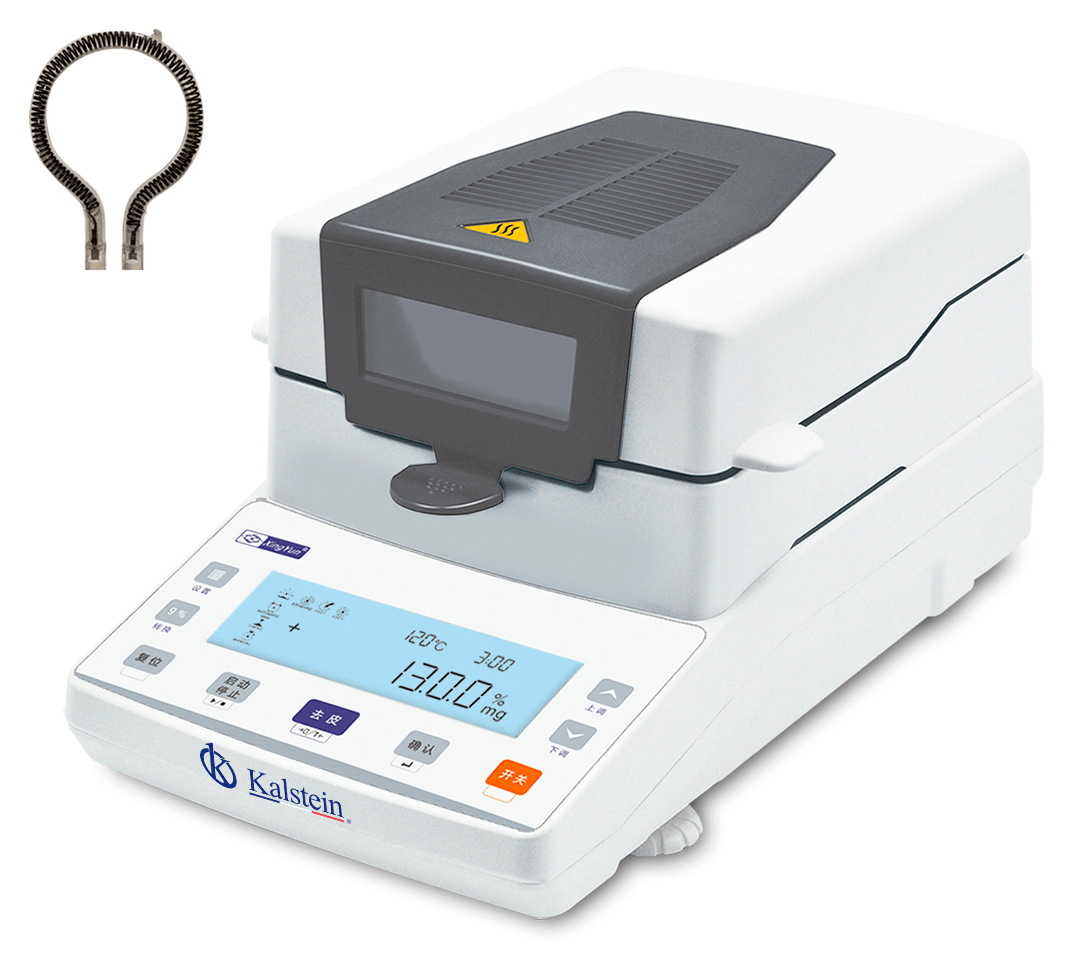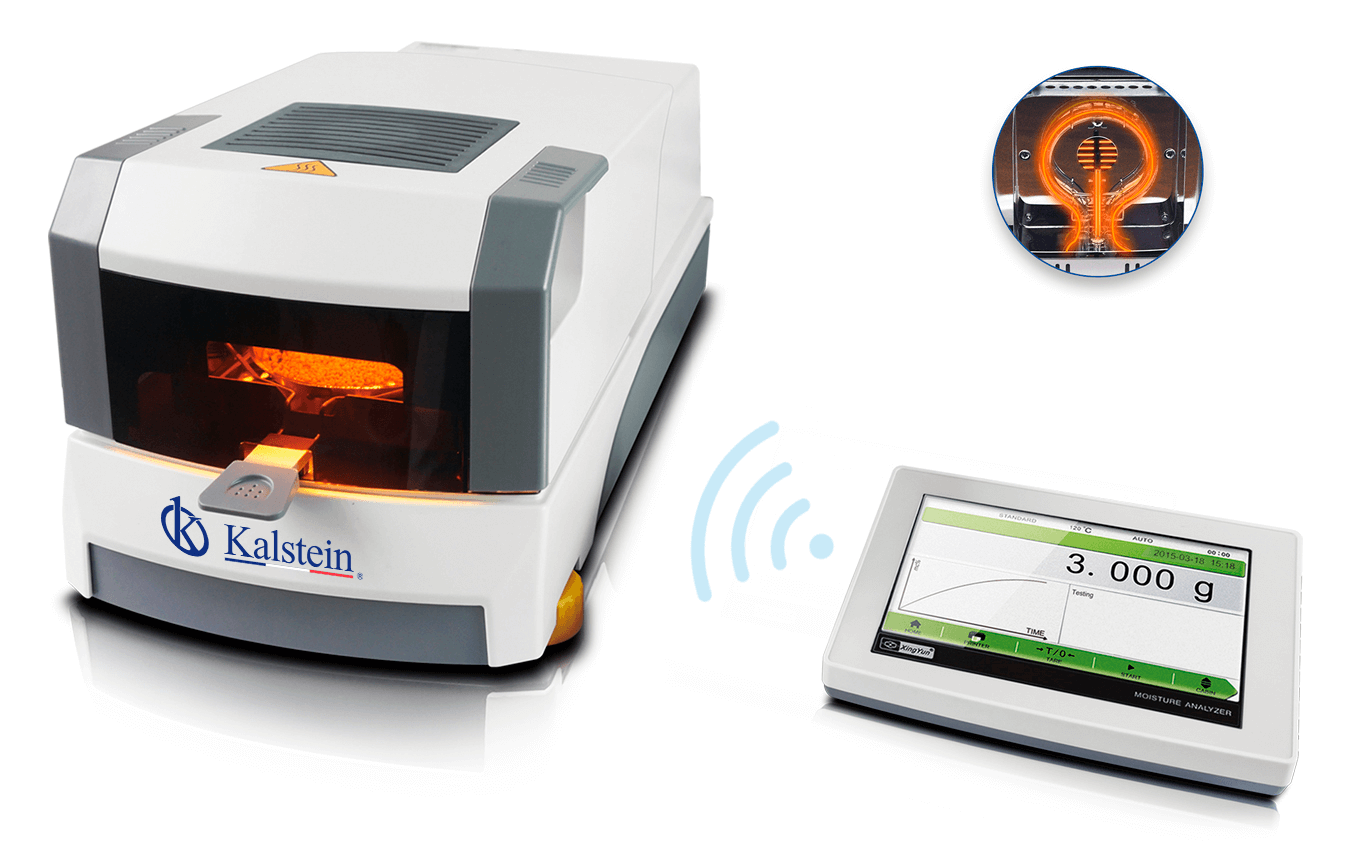A turbidimeter is a laboratory device used to measure the turbidity of a liquid. These equipments can also establish the size and concentration of the particles that are placed in suspension through the diffusion of light in a tube.
In other words, a turbidimeter measures turbidity: that is, how cloudy a fluid is. What the turbidimeter does is develop an optical analysis that allows you to measure the suspended particles in a dissolved gas or in a liquid. For this, it uses a light source and a light detector (a photocell) that is fixed at a right angle to the original beam.
The photocell, also called photoresistor or photoresistor, is an electronic part that, when it detects an increase in light, registers a change in its resistance. According to how the light source is geometrically arranged, the turbidimeter has different characteristics.
What is the unit of measurement used by a turbidimeter?
The turbidity unit used by turbidimeters is called the Nephelometric Turbidity Unit (NTU), this is a unit used to measure the turbidity of a fluid. Corresponds to the concentration of formazin, a standard used as a reference for the measurement of suspended particles in water, this is a solution that can be created using Hydrazine Sulfate and Hexamethylenetetraamine in known proportions to form the 400 NTU turbidity standard.
The turbidimeter displays the measurement result in the NTU (Nephelometric Turbidity Unit) which represent the intensity of the light radiation of the sample. This unit is listed in the ISO standard. NTU is identical to FNU (Formazine Nephelometric Unit). In practice, two other units of measurement are used to measure turbidity: JTU and SiO2. JTU (Jackson Turbidity Unit) corresponds to 19 times the NTU, while Silica Unit corresponds to 7.5 times the NTU. We also have the EBC: (European Brewery Convention) and the ASBC (American Society of Brewing Chemists).
The turbidimeter’s measurement range is 0 to 2000 NTU on the most advanced equipment, and it is typically sectioned into automatic ranges to increase accuracy.
How does a turbidimeter work?
Turbidity, is a measure of the opacity or haze of a fluid, it was originally thought as a qualitative measure of the aesthetics of drinking water. It is not a measure of actual particles in the water.
A turbidimeter; It is a portable or installation instrument for measuring suspended particles in a colloidal liquid or gas. A turbidimeter measures suspended particles with a light beam (beam source) and a light detector set at 90 ° to the original beam. The density of the particles is a function of the light reflected by the suspended particles in the detector. The amount of reflected light for a given particle density depends on the properties of the particles such as their shape, color, and reflectivity.
At Kalstein we are MANUFACTURERS and we offer you excellent turbidimeters with a wide measurement range, made with the highest technology and at the best PRICES on the market. So we invite you to take a look HERE



